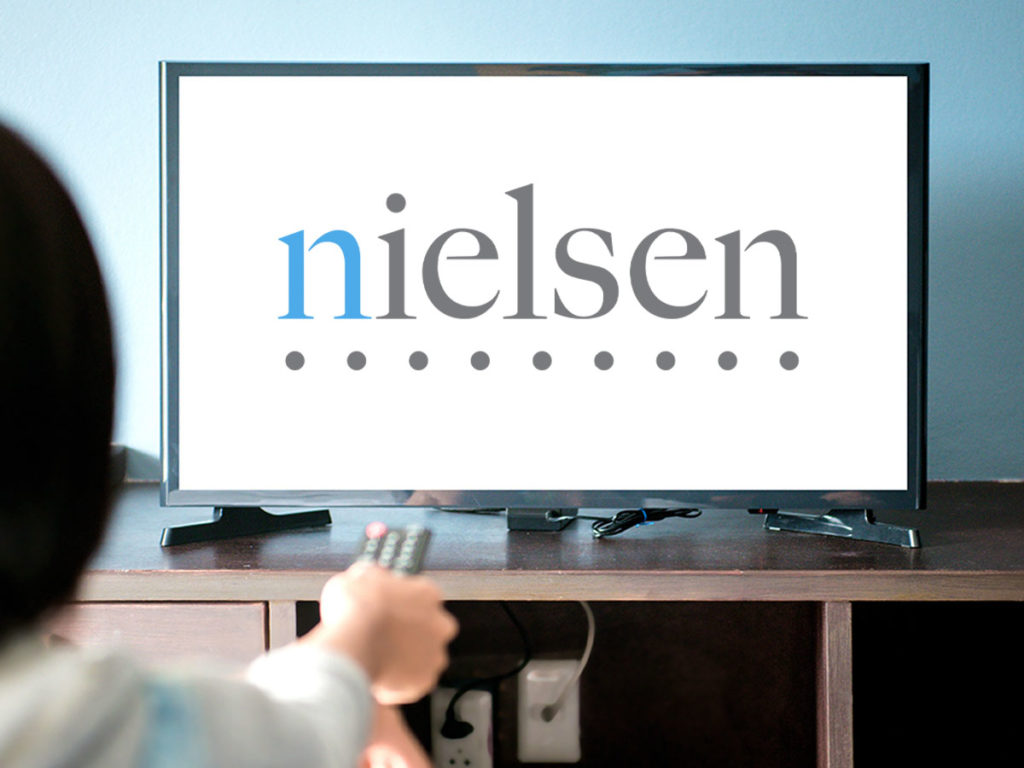From the MNTN Slack: What Netflix’s Q1 Report Signals About the Future of Streaming
by Cat Hausler
8 Min Read
CES 2024: Stagwell (STGW) and MNTN Announce Partnership in Unified Performance SolutionsLearn More
Why Media Companies Are Ditching Nielsen and Measuring Their Own Success

4 Min Read
Earlier this year, long-standing tension between media companies and television ratings organization Nielsen boiled over amidst inaccurate reporting – and has led to media companies abandoning the platform and pursuing new platforms better suited for modern times.
In February, the Media Ratings Council (MRC), a nonprofit organization tasked with auditing Nielsen’s numbers, charged Nielsen with lowballing television usage during the first year of the COVID-19 pandemic and misrepresenting data. The council argued that Nielsen’s Total Usage of Television time (TUT) from February was inaccurate by a range between 2-6% of viewers in the coveted 18-49 demographic – resulting in hundreds of millions of dollars in lost advertising spend.
The inaccurate data seemed to stem from Nielsen’s in-home panel, the long-standing framework of their business model that is used to set rates and transactions between media companies and advertisers. Nielsen initially denied any wrongdoing, but after an internal review, they confirmed the inaccurate data count – yet argued that most ratings saw only minor changes due to the error. For many media companies, the damage was done.
The Video Advertising Bureau (VAB), an industry group that represents major television networks, has demanded that Nielsen undergo a third-party audit. Nielsen has declined to take this step. Since then, the VAB teamed up with the MRC, which has since presented a review of Nielsen’s figures in a closed-door meeting with the firm. While the meeting between MRC and Nielsen was private, statements to the press have detailed that Nielsen’s analysis and MRC’s statement contradict months of denials of any wrongdoing by Nielsen.
For many media companies and advertisers, the most alarming aspect of this situation is that it may have never come to light had Nielsen’s largest clients not reviewed specific data sets and challenged the firm’s analytics.
This latest incident, and the financial ramifications that it caused, has inspired major media companies to stop relying on data gatekeepers and to start performing measurement themselves. How media is viewed and consumed has drastically changed over the last decade – and only accelerated during the pandemic. Accordingly, organizations like ViacomCBS are pursuing a multiple currency strategy for audience measurement as viewers continue to transition from linear TV to Connected TV platforms. This allows publishers and agencies to know how often every ad is seen, reducing the need to rely on third-party measurement services like Nielsen.
NBCUniversal is pursuing a similar strategy, noting that it’s the responsibility of media companies to evolve alongside consumers’ changing habits. Other media companies are adapting their measurement focus and solving for ways to use big data, technology, and infrastructure that provide an accurate measurement. The boom in recent streaming networks like Paramount+ and Peacock has accelerated the need to adapt measurement strategies for these giant media companies as they embrace the new world.
In fact, Disney recently saw more than 40% of its total ad commitments in this year’s negotiations go towards its digital and streaming services. It’s just the latest demonstration of how advertisers are approaching their relationship with media companies differently in a digital world. According to Rita Ferro, the president of Disney Advertising Sales, “We led with streaming this year. You always hear how broadcast leads in the upfront, and we saw an opportunity this year to change that and we did it well.”
Media companies looking to rethink data monitoring comes at a time that measurement focus is shifting to accommodate streaming services. As advertisers invest more ad dollars into Connected TV advertising platforms and networks look to access their data in real-time, there is a growing need for performance marketing tools like MNTN’s Performance TV platform.
Performance TV helps brands measure success and take Connected TV to the next level with:
Like television viewing habits, the traditional way of monitoring and reporting is rapidly changing. Organizations that rethink their measurement strategies and adopt performance marketing tools are better suited to be agile and meet consumer expectations – while saving time, energy, and resources.